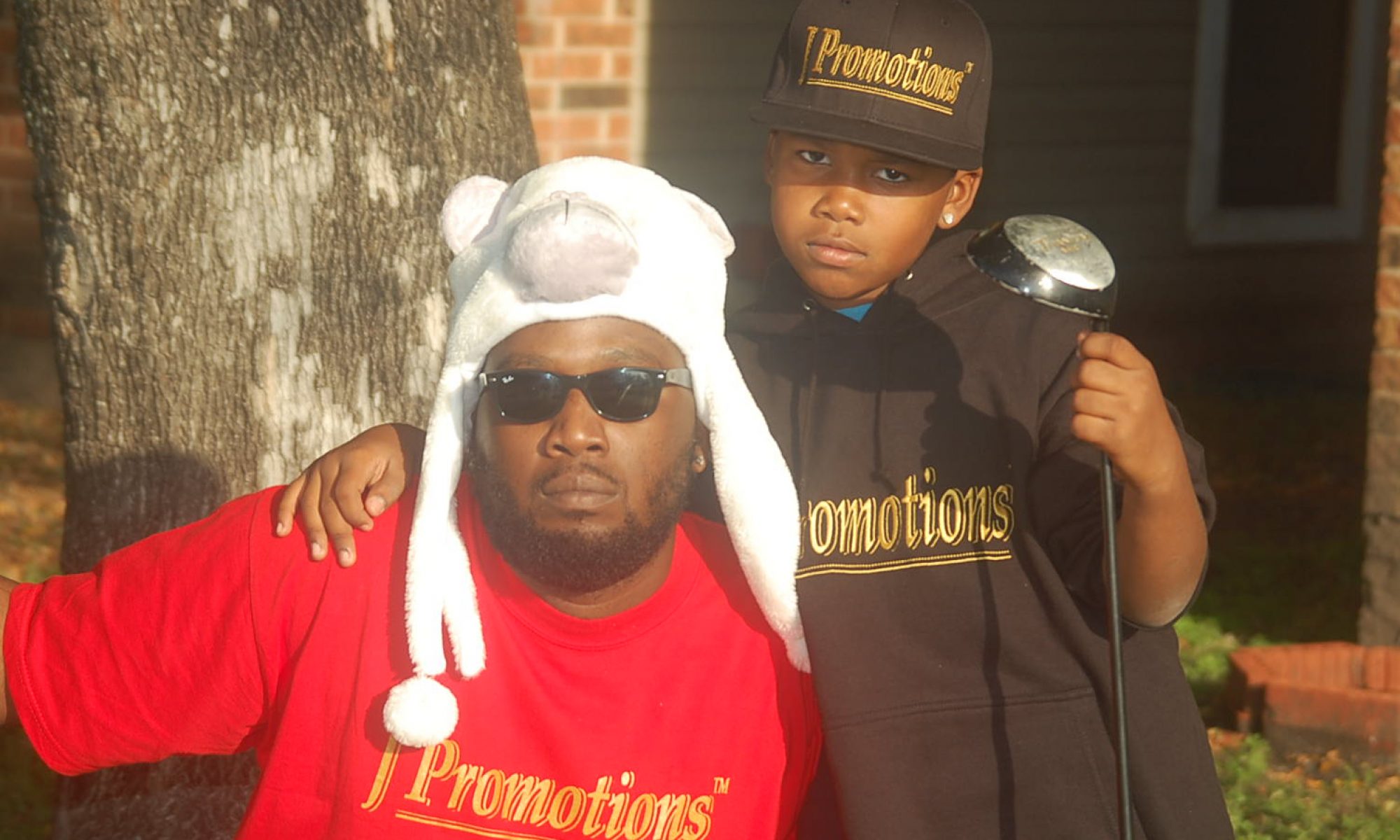function onPlayerReadyVidible(e){‘undefined’!=typeof HPTrack&&HPTrack.Vid.Vidible_track(e)}!function(e,i){if(e.vdb_Player){if(‘object’==typeof commercial_video){var a=”,o=’m.fwsitesection=’+commercial_video.site_and_category;if(a+=o,commercial_video[‘package’]){var c=’&m.fwkeyvalues=sponsorship%3D’+commercial_video[‘package’];a+=c}e.setAttribute(‘vdb_params’,a)}i(e.vdb_Player)}else{var t=arguments.callee;setTimeout(function(){t(e,i)},0)}}(document.getElementById(‘vidible_1’),onPlayerReadyVidible);
The number of anti-Muslim hate groups in the U.S. nearly tripled in 2016 partly because of Donald Trump’s rise to political power, suggests a new report.
There were 34 such groups in the U.S. in 2015 and 101 last year, according to the Southern Poverty Law Center’s Annual Census of Hate Groups published Wednesday. That’s a 197 percent rise and “by the far the most dramatic change” among extremist groups in the U.S.
“Anti-Muslim hate has been expanding rapidly for more than two years now, driven by radical Islamist attacks including the June mass murder of 49 people at an Orlando, Fla., gay nightclub, the unrelenting propaganda of a growing circle of well-paid ideologues, and the incendiary rhetoric of Trump — his threats to ban Muslim immigration, mandate a registry of Muslims in America, and more,” Mark Potok, a senior fellow at SPLC, wrote in the report
The anti-Muslim groups listed in the report consider Islam an inherently evil political ideology ― not a religion ― that uniformly sanctions violence, pedophilia and a host of other crimes.
Moreover, the groups earnestly believe in conspiracy theories saying Muslims are somehow subversively trying to replace governments in America and Europe with Islamic theocracies bent on implementing a brutal interpretation of Shariah, or Islamic law.
While many of these groups were once relegated to the fringes of American politics, they now hold real influence in the Trump administration.
Almost 50 of the new additions to the SPLC’s list of anti-Muslim hate groups were local chapters of Act for America, an organization whose national founder bragged in a December email of having a “direct line” to the White House.
Michael Flynn, who resigned as Trump’s national security adviser on Tuesday, was a board member for Act for America. Mike Pompeo, who Trump picked to head up the CIA, also has deep ties to the group: He once sponsored a legislative briefing on Capitol Hill for the group, and accepted Act for America’s National Security Eagle Award for 2016.
Jeff Sessions, the new attorney general, is closely affiliated with a hate group called the David Horowitz Freedom Center ― he once accepted an award from the organization, and regularly speaks at its events.
Steve Bannon, Trump’s chief strategist who now sits on the National Security Council, has praised anti-Muslim hate group leaders as experts on Islam ― most notably the paranoid conspiracy theorist Frank Gaffney, who heads the Center for Security Policy.
And Kellyanne Conway, a White House counselor and frequent Trump spokeswoman, conducted a deeply flawed poll for Gaffney’s organization. It claimed that 20 percent of Muslims in the U.S. think “the use of violence in the United States is justified in order to make Shariah the law of the land in this country.” These results came from an opt-in survey, which the American Association for Public Opinion Research says means the “the pollster has no idea who is responding to the question.” The CSP poll was also packed with loaded and misleading questions.
The influence of anti-Muslim hate groups was readily apparent during Trump’s campaign. He cited Conway’s poll, for example, while calling for a complete shutdown of Muslims entering the country.
Trump also proposed creating a national database of Muslims, and voiced support for surveilling mosques and profiling Muslims. He frequently told an apocryphal story about shooting Muslims with bullets dipped in pig blood, and once suggested that the Muslim mother of a fallen American soldier wasn’t allowed to talk. He also once declared, “Islam hates us.”
There’s a financial explanation for this kind of anti-Muslim hate in national politics, Potok said.
“The anti-Muslim groups are the best-funded of radical right-wing groups in this country,” he told reporters in a conference call Wednesday. The groups have received millions of dollars in funding in recent years to peddle fear and misinformation about Islam and Muslims.
Potok said David Horowitz, of the David Horowitz Freedom Center, earned $567,000 in 2014. Gaffney, of the Center for Security Policy, earned $200,000 in 2011, according to a report from Georgetown University.
“Hating Muslims pays well,” Potok said.
The SPLC-listed groups generally dispute the label of “hate group.” Gaffney told The Huffington Post last year that the SPLC is “essentially acting as an agent of the Muslim Brotherhood and other Islamic supremacists” in labeling groups like his as hateful.
Outside the world of professional, suit-and-tie Islamophobia, according to the SPLC report, American militia “Patriot” groups, such as III% Security Force, became increasingly anti-Muslim in nature in 2016.
Most notably, three Trump-supporting militia members were arrested in Kansas in October for plotting to bomb an apartment complex in order to kill some 120 Muslim immigrants from Somalia who lived there.
And as the number of anti-Muslim hate groups has grown, so has the number of anti-Muslim hate crimes. There was a 67 percent rise in hate crimes targeting Muslims in 2015, according to the FBI, which hasn’t released its hate crime numbers for 2016.
HuffPost tracked nearly 400 incidents of anti-Muslim violence, vandalism, policy and political speech in 2016; we also identified at least 13 times Trump supporters attacked, threatened or plotted to kill American Muslims.
According to Potok, the way our nation’s political leaders talk about Muslims greatly influences anti-Muslim hate.
Although there was a steep rise in anti-Muslim hate crimes in the three months after the Sept. 11, 2001, terror attacks, the number of hate crimes dropped dramatically in 2002. This, Potok said, happened largely due to then-President George W. Bush repeatedly saying that “Arabs and Muslims aren’t our enemy … our enemy is a very specific group called al Qaeda.”
Compare that to the 1,094 hate incidents targeting all minority groups that the SPLC says it documented in the 34 days after Trump’s election victory. Over 300 of those incidents targeted Muslims and immigrants, and more than one-third of the perpetrators directly “referenced either Trump, his ‘Make America Great Again’ slogan, or his infamous remarks about grabbing women by the genitals.”
The SPLC report found the overall number of hate groups operating in 2016 rose to 917 ― up from 892 in 2015. That’s a high number by historic standards, the SPLC said, although not as high as the 1,018 hate groups it identified in 2011.
In addition to anti-Muslim groups, the SPLC also identified groups that were white nationalist, affiliated with the KKK, anti-immigrant, anti-LGBT, black separatist and anti-Semitic.
Trump’s election, Potok said, “has been absolutely electrifying to the radical right.”
Potok added, however, that the SPLC report likely understates “the real state of the radical right in the U.S.”
Because although many people are members of “brick-and-mortar hate groups on the ground,” there are many more who aren’t affiliated with formal groups, instead “lurking on the internet until the day they decide that action is needed.”
Such was the case with Dylann Roof, a white supremacist who killed nine black churchgoers in Charleston, South Carolina, in 2015. Potok said Roof “decided based solely on what he was reading on the internet” that “black people needed to die.”
“We think there are a lot of Dylann Roofs out there,” Potok said.
— This feed and its contents are the property of The Huffington Post, and use is subject to our terms. It may be used for personal consumption, but may not be distributed on a website.
Source: HuffPost Black Voices




